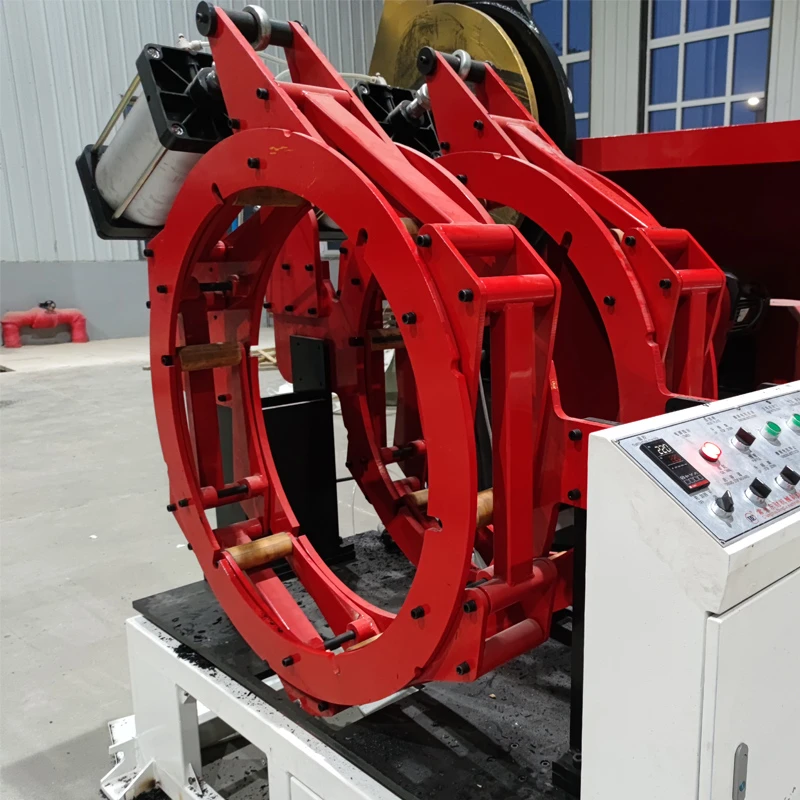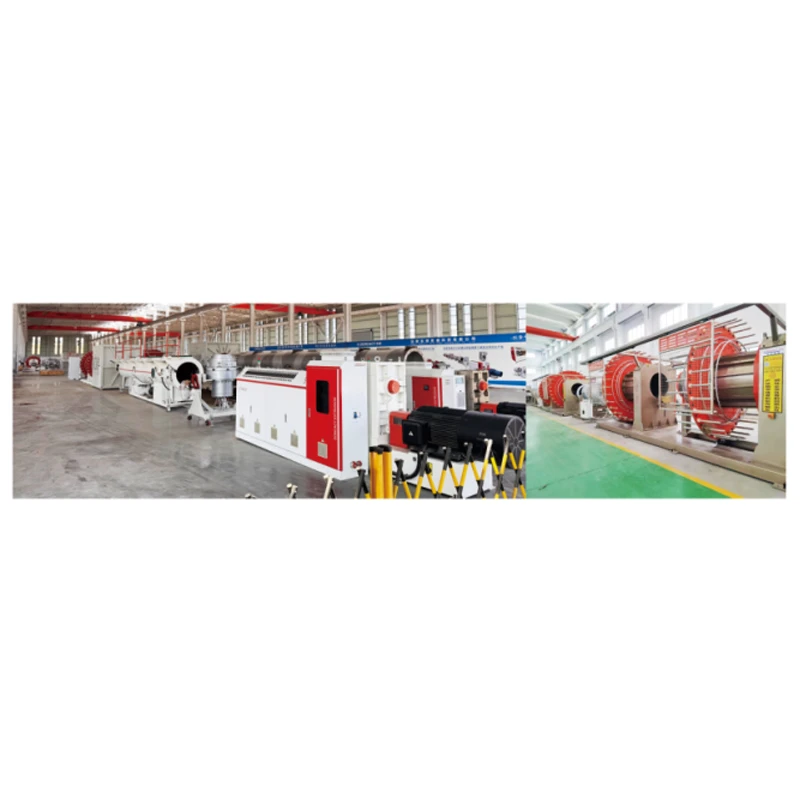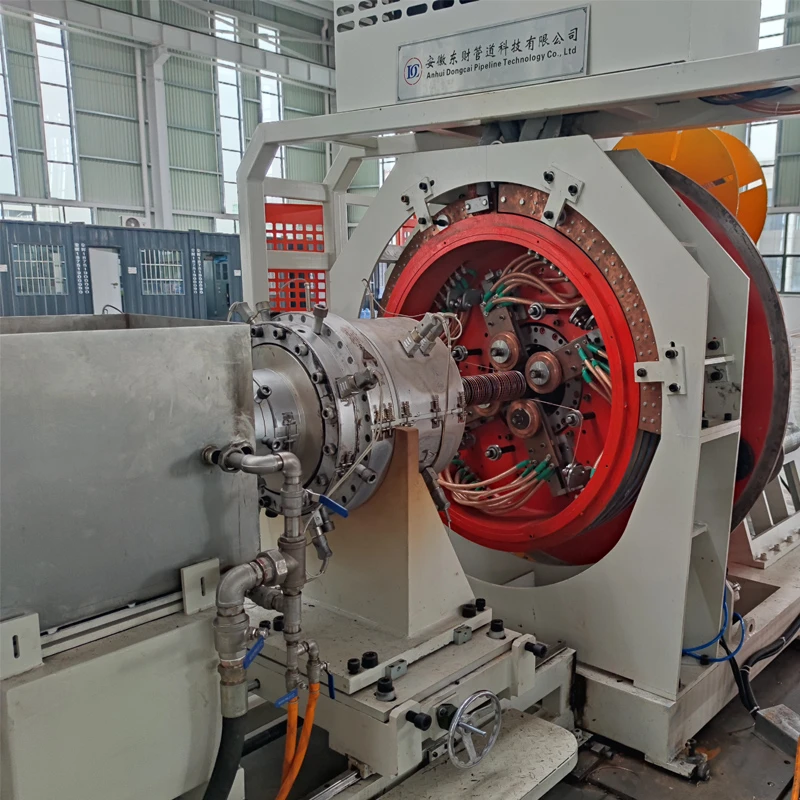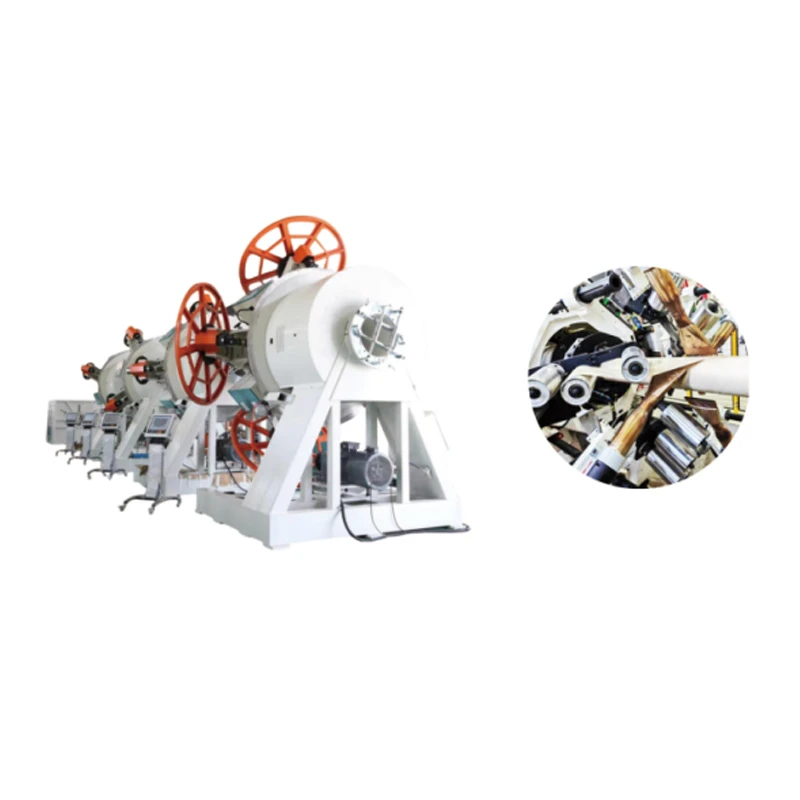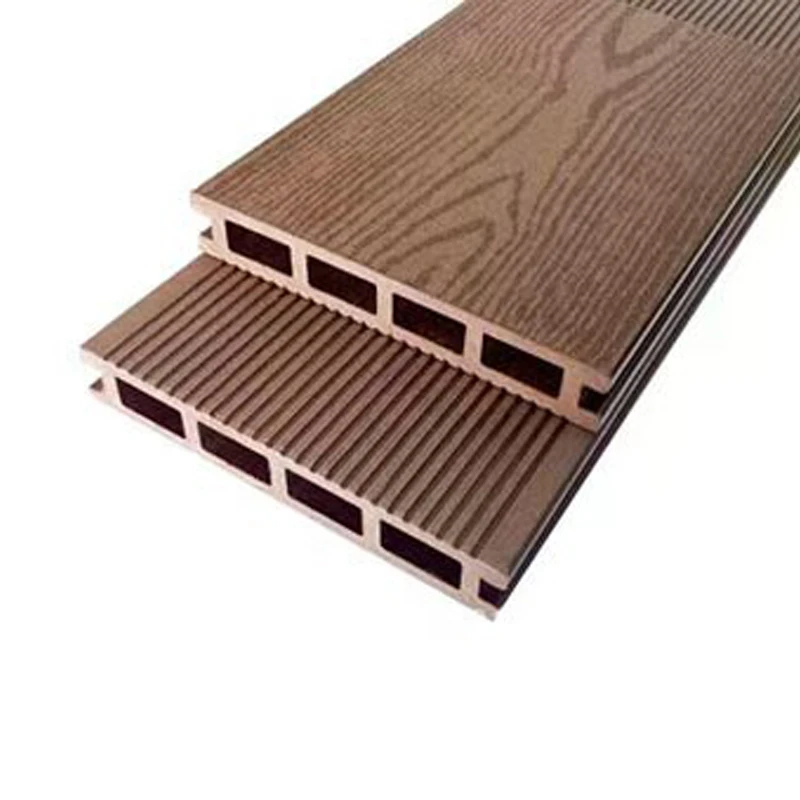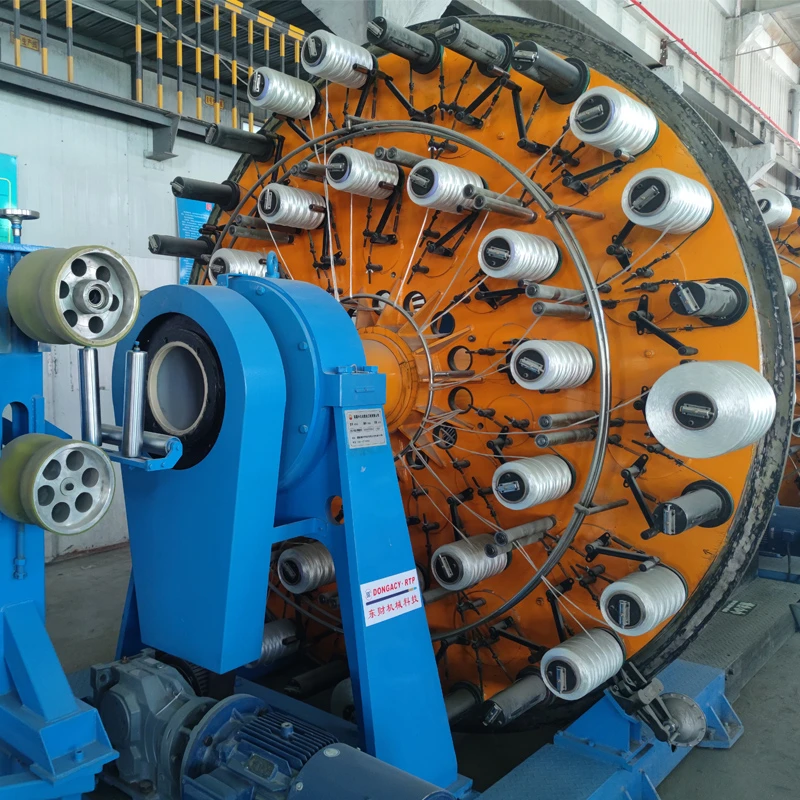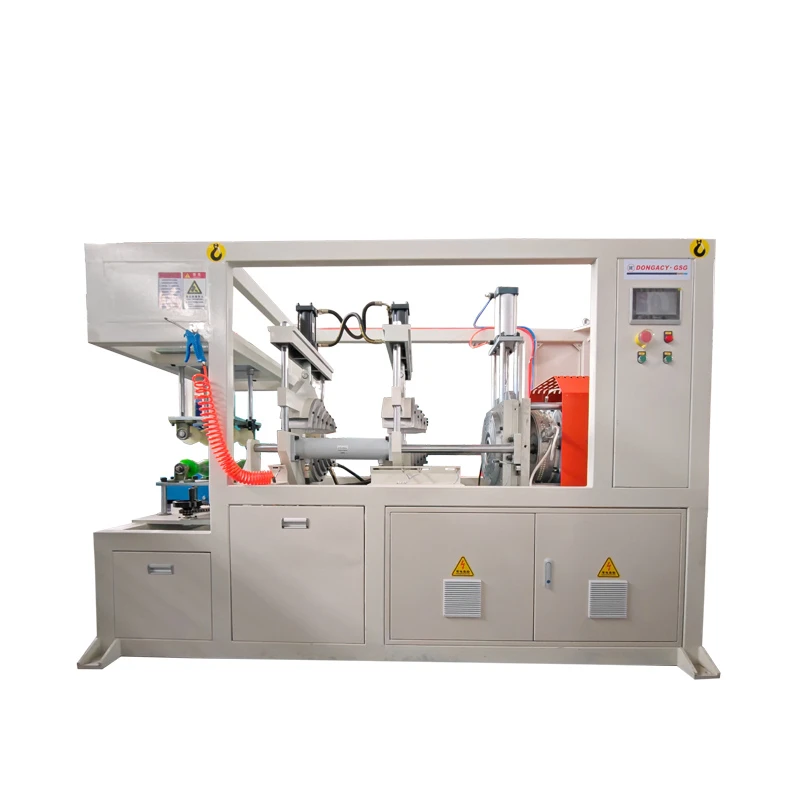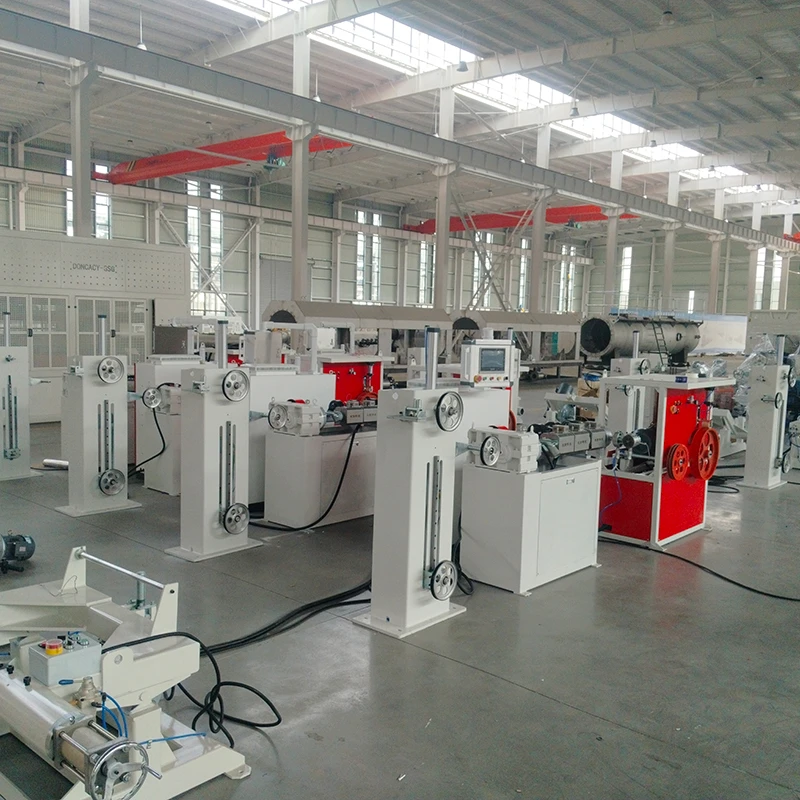
The demand for high-quality profiles in construction, automotive, and industrial sectors has surged, making efficient production lines a necessity. Whether you are working with PVC profile production line, aluminium extrusion line, or hollow profile sheet extrusion line, the right machinery ensures precision, efficiency, and cost-effectiveness. These advanced extrusion technologies offer manufacturers a competitive edge by delivering durable, customizable profiles that meet industry standards. This article explores the benefits, working mechanisms, and selection criteria for these extrusion lines, helping businesses optimize their production processes.
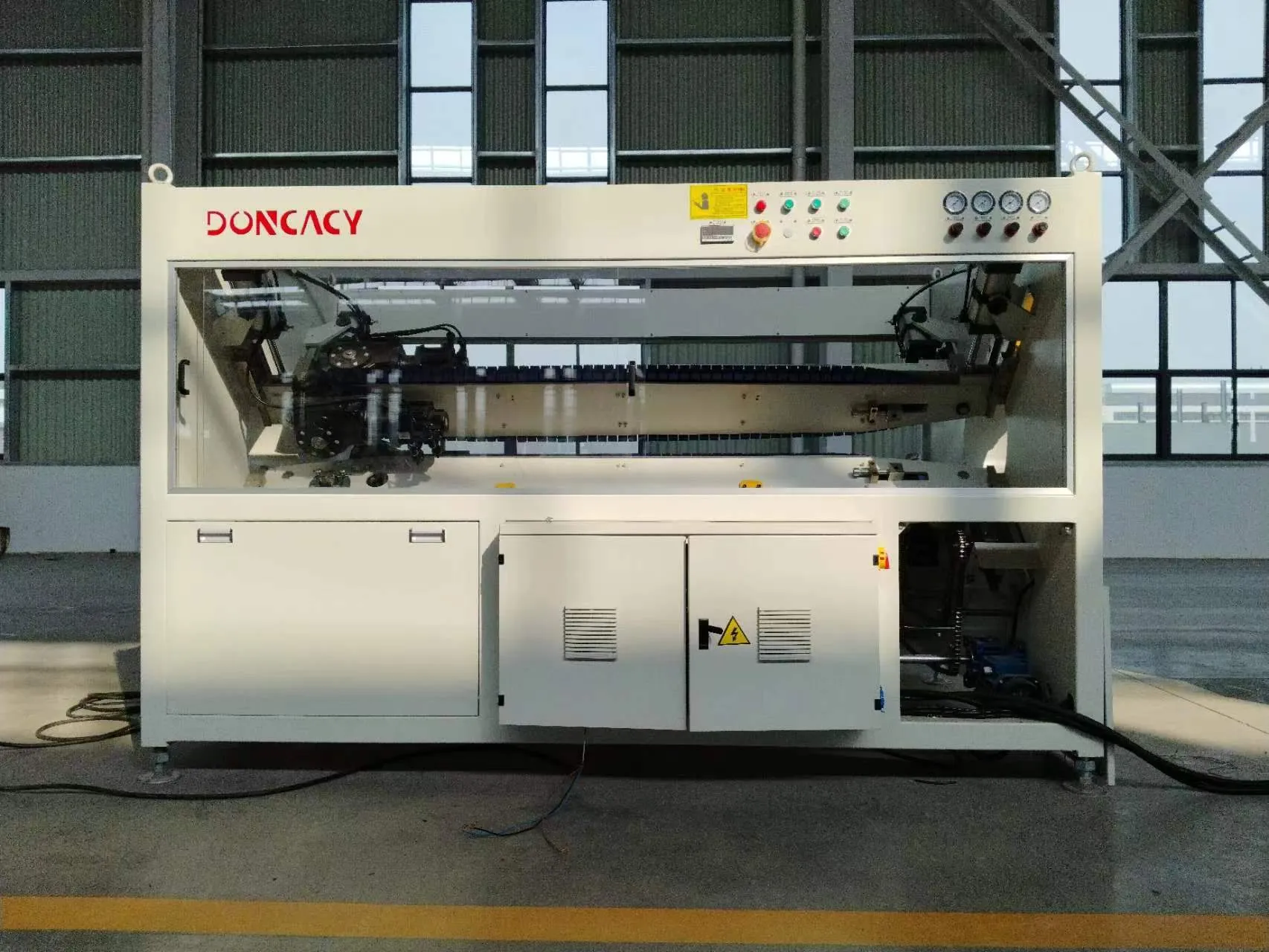
How a PVC Profile Production Line Enhances Efficiency and Versatility
A PVC profile production line is essential for manufacturing various PVC-based products, including window and door frames, decorative panels, and cable ducts. The process begins with feeding PVC raw materials into an extruder, where they are melted and shaped through a high-precision die. The extruded profiles are then cooled, calibrated, and cut to the required lengths.
One of the biggest advantages of a PVC profile production line is its ability to produce high-quality, weather-resistant, and cost-effective profiles. These profiles are widely used in the construction sector due to their durability, insulation properties, and resistance to corrosion and UV radiation.
Modern PVC profile production lines incorporate twin-screw extruders, which enhance material mixing and processing efficiency. Additionally, automated control systems ensure consistent product quality while reducing material waste. By integrating co-extrusion technology, manufacturers can also produce multi-layered profiles with enhanced strength and aesthetic appeal.
The Growing Importance of Aluminium Extrusion Line in Modern Manufacturing
An aluminium extrusion line plays a crucial role in producing lightweight yet strong aluminium profiles used in various industries, from construction to aerospace. Unlike plastic extrusion, aluminium extrusion involves heating aluminium billets and forcing them through a die to create complex cross-sectional shapes.
The aluminium extrusion line process includes billet preheating, extrusion through a high-pressure press, cooling, stretching, and cutting. Some advanced production lines also include anodizing and powder-coating systems to enhance the surface finish and corrosion resistance of the profiles.
Aluminium profiles produced through extrusion are widely used in architectural structures, transportation systems, and consumer goods. The key advantages of aluminium extrusion include high strength-to-weight ratio, recyclability, and flexibility in design. With technological advancements, modern aluminium extrusion lines now feature energy-efficient heating systems, real-time monitoring, and automated handling solutions to optimize production efficiency.
Hollow Profile Sheet Extrusion Line: The Future of Lightweight and Durable Materials
A hollow profile sheet extrusion line is used to manufacture lightweight, impact-resistant sheets commonly found in packaging, construction, and signage industries. These sheets, also known as twin-wall or multi-wall sheets, provide excellent thermal insulation and structural stability while maintaining a low weight.
The production process involves melting and extruding thermoplastic materials like polycarbonate (PC), polypropylene (PP), or polyethylene (PE) through a specialized die. The sheets are then vacuum-formed and cooled before being cut to size. Some hollow profile sheet extrusion lines also feature lamination and UV-coating systems to enhance durability.
Key advantages of using a hollow profile sheet extrusion line include:
High impact resistance: Ideal for protective barriers and roofing solutions.
Excellent thermal insulation: Commonly used in greenhouse construction.
Lightweight and cost-effective: Reduces material costs while maintaining strength.
Versatility in applications: Used in advertising panels, partition walls, and industrial packaging.
With the rise in demand for sustainable materials, modern hollow profile sheet extrusion lines incorporate energy-efficient heating elements and recycling systems, making them an environmentally friendly choice.
PVC profile production line FAQs
What are the main applications of a PVC profile production line?
A PVC profile production line is primarily used for manufacturing window and door frames, decorative wall panels, skirting boards, cable management solutions, and furniture edging strips. Due to PVC’s excellent insulation properties, durability, and affordability, these profiles are widely used in the construction and home improvement sectors.
What factors should I consider when choosing an aluminium extrusion line?
When selecting an aluminium extrusion line, consider factors such as production capacity, press force, billet size compatibility, and automation level. Additionally, look for advanced cooling and handling systems to improve production efficiency. If surface finishing is a priority, opt for lines that include anodizing or powder-coating stations.
How does a hollow profile sheet extrusion line differ from a standard plastic extrusion line?
A hollow profile sheet extrusion line is specifically designed to produce lightweight, twin-wall or multi-wall sheets with internal hollow chambers, unlike standard plastic extrusion lines that manufacture solid profiles. These hollow sheets provide superior strength-to-weight ratios, making them ideal for applications requiring durability and insulation.
What are the benefits of using an automated PVC profile production line?
An automated PVC profile production line ensures consistent product quality, reduces human error, and increases production speed. Advanced automation features, such as real-time temperature and pressure monitoring, help optimize material usage and minimize waste, leading to cost savings and improved efficiency.
Is an aluminium extrusion line environmentally friendly?
Yes, aluminium extrusion is an environmentally friendly process because aluminium is 100% recyclable. Many aluminium extrusion lines use energy-efficient heating technologies and closed-loop cooling systems to reduce energy consumption. Additionally, scrap aluminium generated during the extrusion process can be recycled and reused, minimizing material waste.
-
PVC Profiles: The Future of Durable and Cost-Effective Construction SolutionsНовостиJun.06,2025
-
PVC Pipe Extrusion LineНовостиJun.06,2025
-
High-Quality Polyethylene Pipe Production LineНовостиJun.06,2025
-
High-Performance Tube Production LineНовостиJun.06,2025
-
Advanced Plastic Pipe Production LineНовостиJun.06,2025
-
Hdpe Steel Wire Mesh Reinforced Polyethylene Skeleton PipeНовостиJun.06,2025
-
Tube and Pipe ManufacturingНовостиMay.14,2025

